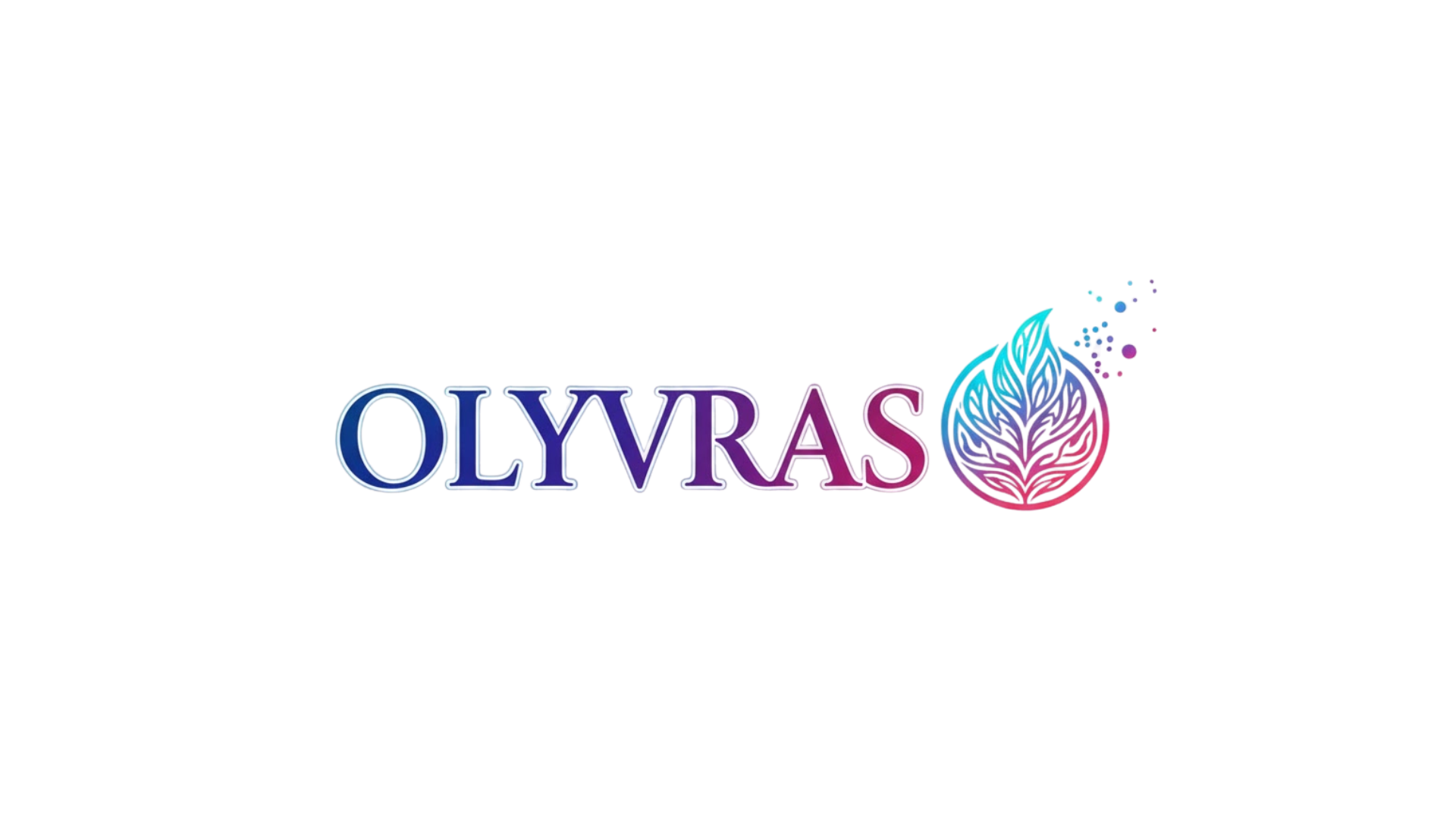Technology is reshaping classrooms worldwide, creating dynamic learning environments that were unimaginable just decades ago. This transformation promises more engaging, personalized, and accessible education for all.
🚀 The Digital Shift in Modern Classrooms
The integration of technology into education represents one of the most significant paradigm shifts in how we approach teaching and learning. Traditional chalk-and-board methods are gradually giving way to interactive digital platforms, virtual reality experiences, and artificial intelligence-powered learning systems. This evolution isn’t merely about replacing physical textbooks with tablets; it’s about fundamentally reimagining how knowledge is delivered, absorbed, and applied.
Educational institutions across the globe are witnessing unprecedented changes in their infrastructure and methodologies. Smart classrooms equipped with interactive whiteboards, cloud-based learning management systems, and collaborative digital tools are becoming the norm rather than the exception. These technological advancements are democratizing access to quality education, breaking down geographical barriers, and creating opportunities for lifelong learning that extend far beyond traditional classroom walls.
📱 Mobile Learning: Education in Your Pocket
The proliferation of smartphones has created an entirely new dimension in educational accessibility. Mobile learning, or m-learning, enables students to access educational content anytime, anywhere, transforming idle moments into productive learning opportunities. This flexibility is particularly valuable for adult learners juggling work, family, and educational aspirations.
Educational apps have revolutionized how students engage with course materials. From language learning platforms to complex mathematics solvers, mobile applications offer interactive, gamified experiences that make learning more engaging and effective. The portability factor means that learning is no longer confined to specific times or locations, empowering students to take control of their educational journey.
Khan Academy, Duolingo, and Coursera represent just a fraction of the educational apps transforming mobile devices into powerful learning tools. These platforms leverage adaptive learning algorithms to personalize content delivery, ensuring that each student progresses at their optimal pace while receiving targeted support in areas where they struggle.
🎯 Personalized Learning Pathways
One of technology’s most profound contributions to education is the ability to personalize learning experiences at scale. Adaptive learning platforms use sophisticated algorithms and data analytics to understand each student’s strengths, weaknesses, learning pace, and preferred learning styles. This data-driven approach enables educators to deliver customized content that addresses individual needs rather than applying a one-size-fits-all methodology.
Artificial intelligence systems can identify knowledge gaps in real-time, automatically adjusting difficulty levels and providing additional resources where needed. This personalized approach significantly improves learning outcomes, as students receive exactly the support they need when they need it. The technology acts as a tireless tutor, offering unlimited patience and adapting instantly to the learner’s progress.
Learning management systems now track comprehensive student data, providing educators with actionable insights into class performance trends. Teachers can identify struggling students early and intervene proactively, while also challenging advanced learners with enrichment materials that keep them engaged and motivated.
🌐 Breaking Down Geographical Barriers
Distance learning technologies have demolished geographical constraints that once limited educational access. Students in remote villages can now attend lectures delivered by world-renowned professors at prestigious universities. Video conferencing platforms, virtual classrooms, and collaborative online tools create synchronous learning experiences that closely replicate traditional in-person education.
The COVID-19 pandemic accelerated the adoption of remote learning technologies, proving that education could continue even when physical classrooms became inaccessible. While the transition presented challenges, it also highlighted technology’s potential to ensure educational continuity regardless of circumstances. Many institutions have since adopted hybrid models, combining the best aspects of physical and virtual learning.
Massive Open Online Courses (MOOCs) exemplify technology’s democratizing effect on education. These platforms offer courses from top-tier institutions to anyone with internet access, often free of charge. This accessibility has opened doors for millions of learners who might never have had opportunities to access high-quality education otherwise.
🎮 Gamification: Making Learning Irresistible
Gamification applies game design principles to educational contexts, transforming potentially mundane learning tasks into engaging challenges. By incorporating elements like points, badges, leaderboards, and achievement levels, educational platforms tap into intrinsic human motivations for competition, achievement, and progress visualization.
This approach proves particularly effective with younger learners who have grown up surrounded by digital games and interactive media. When learning feels like play, students engage more deeply and sustain attention for longer periods. The immediate feedback mechanisms inherent in gamified systems also help students understand concepts more quickly and retain information more effectively.
Beyond simple point systems, sophisticated educational games create immersive narratives where learning objectives are seamlessly woven into gameplay. Students might solve mathematical puzzles to progress through adventure scenarios or learn historical facts while building civilizations. This contextualized learning helps students understand practical applications of knowledge rather than viewing education as abstract information to be memorized.
🤖 Artificial Intelligence as Educational Assistant
Artificial intelligence is increasingly becoming an indispensable educational tool, serving multiple functions from administrative support to direct student interaction. AI-powered chatbots can answer student questions 24/7, providing instant support when human instructors aren’t available. These systems handle routine inquiries, freeing educators to focus on complex pedagogical tasks requiring human expertise and empathy.
Intelligent tutoring systems offer personalized instruction that adapts in real-time to student responses. These systems can identify misconceptions, offer alternative explanations, and provide targeted practice problems. While not replacing human teachers, AI tutors complement traditional instruction by offering individualized attention that would be impossible for a single teacher managing dozens of students.
Machine learning algorithms also assist in grading and assessment, particularly for objective tests and assignments. Automated grading systems provide instant feedback, allowing students to learn from mistakes immediately rather than waiting days for instructor feedback. This rapid iteration accelerates the learning process and helps students identify and correct misunderstandings before they become entrenched.
📊 Data-Driven Educational Insights
The digitization of education generates vast amounts of data that, when properly analyzed, yield valuable insights into learning processes. Learning analytics examine student behavior patterns, engagement levels, and performance metrics to identify trends and predict outcomes. Educators can use these insights to refine teaching strategies, curriculum design, and intervention approaches.
Predictive analytics can flag students at risk of falling behind or dropping out, enabling early intervention that significantly improves retention rates. By identifying warning signs such as declining engagement, missed assignments, or struggling performance patterns, institutions can provide targeted support before students reach crisis points.
However, the collection and analysis of student data also raise important privacy and ethical considerations. Educational institutions must implement robust data protection measures and transparent policies regarding how student information is collected, stored, and used. Balancing the benefits of data-driven insights with individual privacy rights remains an ongoing challenge in educational technology.
🎨 Virtual and Augmented Reality: Immersive Learning
Virtual reality (VR) and augmented reality (AR) technologies create immersive learning experiences that were previously impossible. Medical students can practice surgical procedures in risk-free virtual environments. History students can walk through ancient civilizations. Science students can explore molecular structures or journey through the solar system. These experiences make abstract concepts tangible and memorable.
AR applications overlay digital information onto the physical world, enhancing real-world observations with additional context and data. Students studying biology might point their devices at plants to instantly access species information, growth patterns, and ecological relationships. This seamless integration of digital and physical learning creates rich, multisensory educational experiences.
While VR and AR technologies are still relatively expensive and require specialized equipment, costs are declining rapidly as the technology matures. As these tools become more accessible, they promise to revolutionize fields requiring hands-on training, from engineering and architecture to performing arts and athletics.
👥 Collaborative Learning in Digital Spaces
Technology facilitates collaboration at unprecedented scales, connecting students across classrooms, institutions, and continents. Cloud-based collaboration tools enable groups to work together on projects synchronously or asynchronously, accommodating different schedules and time zones. Students develop crucial digital literacy and teamwork skills while learning course content.
Online discussion forums, peer review systems, and collaborative document editing create opportunities for students to learn from one another. This peer-to-peer learning often proves highly effective, as students can explain concepts in language and frameworks their classmates readily understand. The diversity of perspectives in global collaborative projects enriches learning experiences and prepares students for interconnected professional environments.
Social learning platforms combine elements of social media with educational objectives, creating communities where learners share resources, ask questions, and support each other’s growth. These platforms recognize that learning is fundamentally a social activity, enhanced through interaction, discussion, and shared experiences.
💡 Challenges and Considerations
Despite technology’s tremendous potential, its integration into education faces significant challenges. The digital divide remains a pressing concern, as not all students have equal access to devices, reliable internet connections, or digital literacy skills. Without addressing these inequities, technology risks exacerbating existing educational disparities rather than reducing them.
Teacher preparation represents another critical challenge. Educators need comprehensive training not just in using educational technologies, but in effectively integrating them into pedagogical practice. Technology should enhance teaching rather than becoming a distraction or replacing essential human elements of education. Professional development programs must evolve to help teachers become facilitators of technology-enhanced learning.
Screen time concerns and digital wellbeing have emerged as important considerations. While technology offers valuable learning opportunities, excessive screen exposure may impact physical health, sleep patterns, and social development. Educational institutions must strike appropriate balances, incorporating technology thoughtfully rather than defaulting to digital solutions for every learning objective.
🔮 The Future Landscape of Learning
The trajectory of educational technology points toward increasingly sophisticated, personalized, and immersive learning experiences. Emerging technologies like brain-computer interfaces, advanced AI, and holographic displays may soon create learning environments we can barely imagine today. The lines between formal and informal learning will continue blurring as educational opportunities become embedded throughout daily life.
Competency-based education models, enabled by sophisticated assessment technologies, may replace traditional time-based progression systems. Students would advance based on demonstrated mastery rather than seat time, creating more flexible pathways aligned with individual goals and circumstances. This shift could revolutionize how we credential learning and prepare students for rapidly evolving career landscapes.
The integration of neuroscience insights with educational technology promises learning experiences optimized for how brains actually process and retain information. Technologies that monitor cognitive states could adjust content delivery based on attention levels, stress indicators, and comprehension signals, creating truly responsive learning environments that maximize effectiveness.

🌟 Empowering Educators Through Technology
While much discussion focuses on technology’s impact on students, its potential to empower and support educators deserves equal attention. Administrative automation frees teachers from routine paperwork, allowing more time for direct student interaction and instructional planning. Resource libraries and professional learning networks connect educators globally, facilitating the sharing of best practices and innovative approaches.
Technology enables teachers to become curators and facilitators rather than sole content providers. With abundant information readily accessible, educators’ roles evolve toward teaching critical thinking, information literacy, and learning strategies. This shift elevates the teaching profession, emphasizing distinctly human capabilities that technology cannot replicate: empathy, creativity, ethical reasoning, and inspirational mentorship.
The most successful educational technology implementations recognize that technology serves as a tool to amplify human potential rather than replace human connection. The magic of education still lies in the relationships between teachers and students, the spark of curiosity ignited by a skilled educator, and the confidence gained through supportive guidance. Technology enhances these fundamentally human interactions rather than substituting for them.
As we continue transforming education through technology, the ultimate measure of success remains whether students develop the knowledge, skills, and dispositions they need to thrive in complex, rapidly changing world. Technology offers unprecedented tools for achieving these goals, but realizing this potential requires thoughtful implementation, ongoing refinement, and unwavering commitment to equity and excellence in education for all learners.
Toni Santos is a global-policy researcher and ethical-innovation writer exploring how business, society and governance interconnect in the age of interdependence. Through his studies on corporate responsibility, fair trade economics and social impact strategies, Toni examines how equitable systems emerge from design, policy and shared vision. Passionate about systemic change, impact-driven leadership and transformative policy, Toni focuses on how global cooperation and meaningful economy can shift the scenario of globalization toward fairness and purpose. His work highlights the intersection of economics, ethics and innovation — guiding readers toward building structures that serve people and planet. Blending policy design, social strategy and ethical economy, Toni writes about the architecture of global systems — helping readers understand how responsibility, trade and impact intertwine in the world they inhabit. His work is a tribute to: The global commitment to equity, justice and shared prosperity The architecture of policy, business and social impact in a connected world The vision of globalization as cooperative, human-centred and regenerative Whether you are a strategist, policymaker or global thinker, Toni Santos invites you to explore ethical globalization — one policy, one model, one impact at a time.




